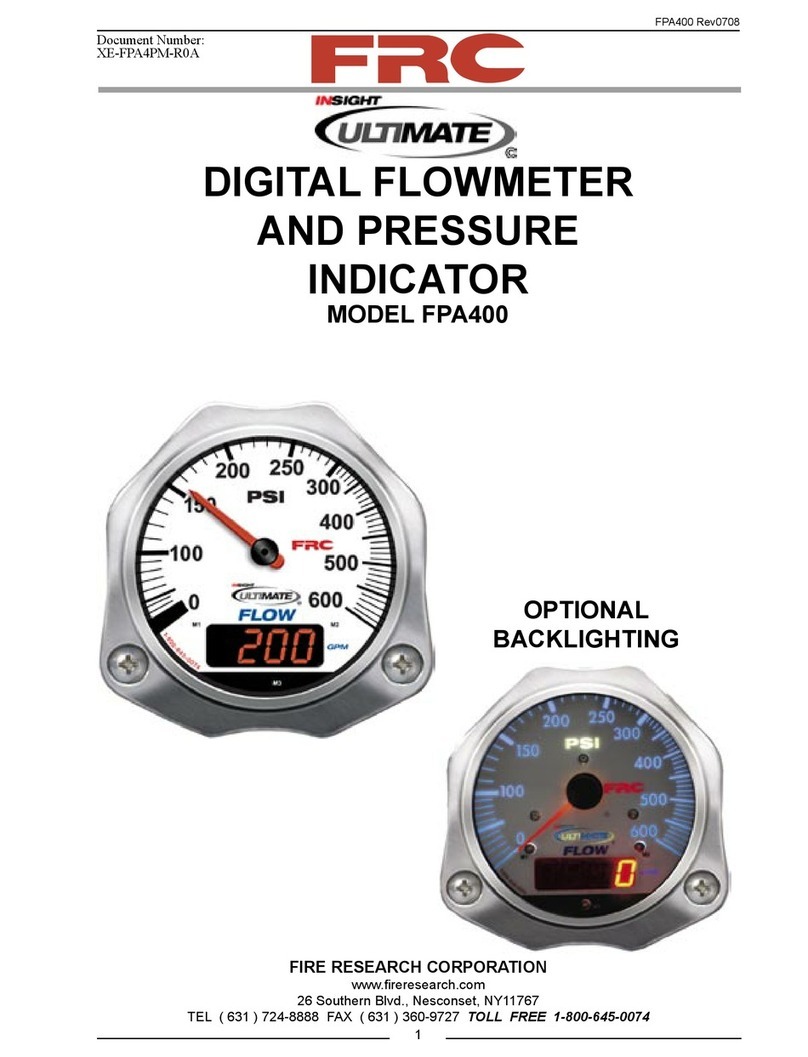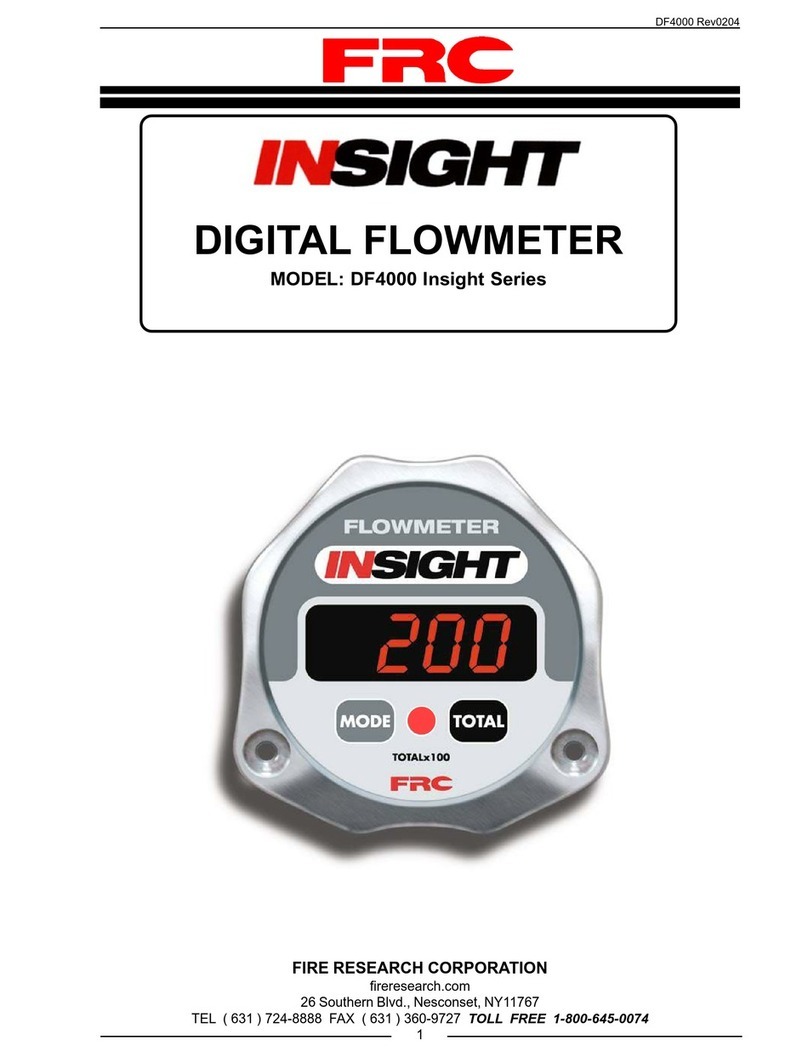FRC Insight Ultimate Series User manual
Other FRC Measuring Instrument manuals
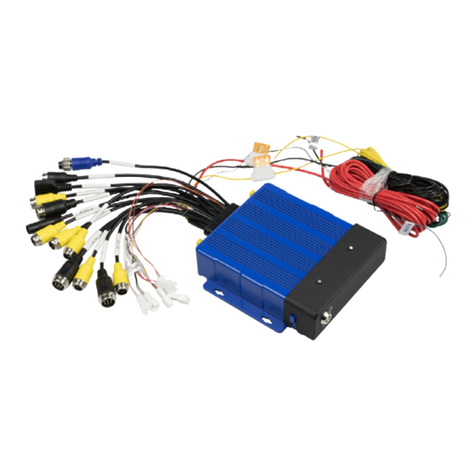
FRC
FRC InView 360 HD AVM User manual
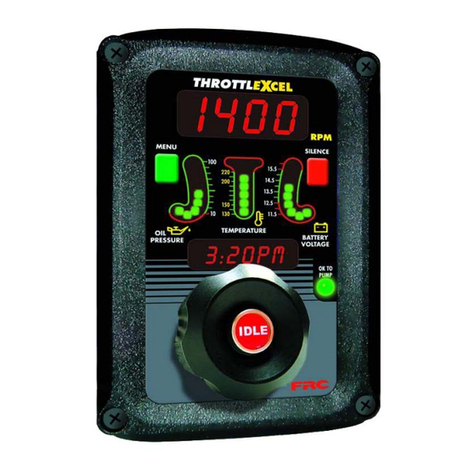
FRC
FRC ThrottleXcel ELA100 User manual

FRC
FRC Air Sentinel AMA200 User manual
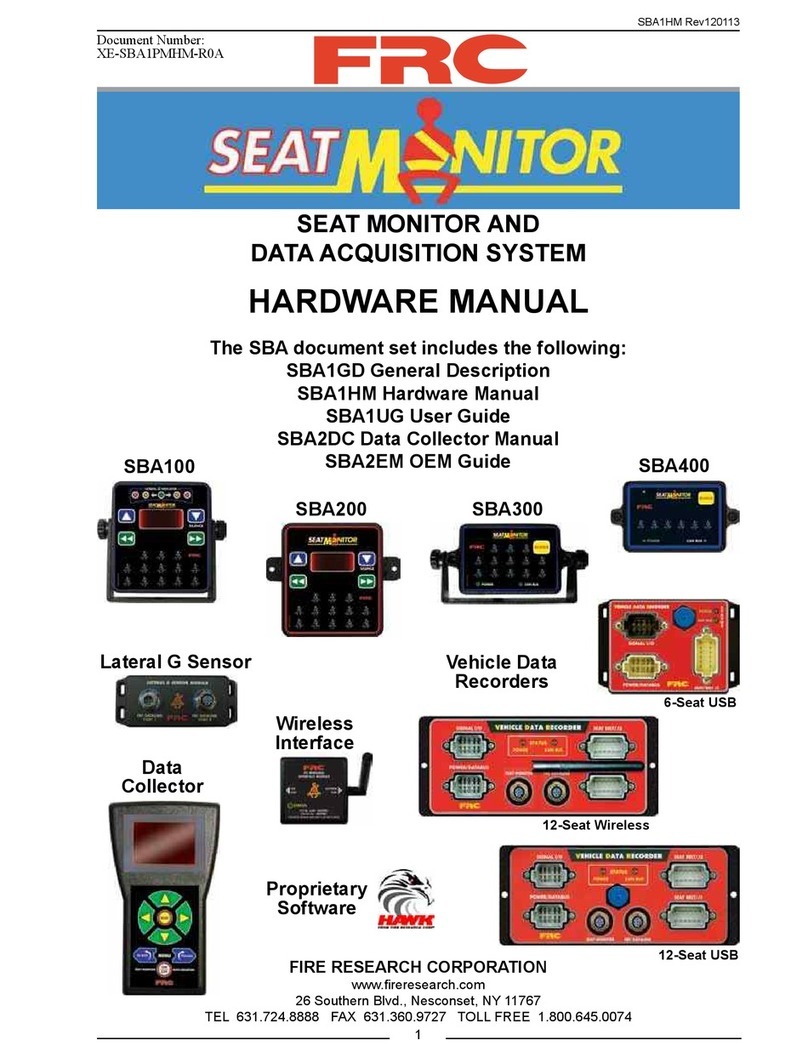
FRC
FRC SeatMonitor SBA1GD User manual
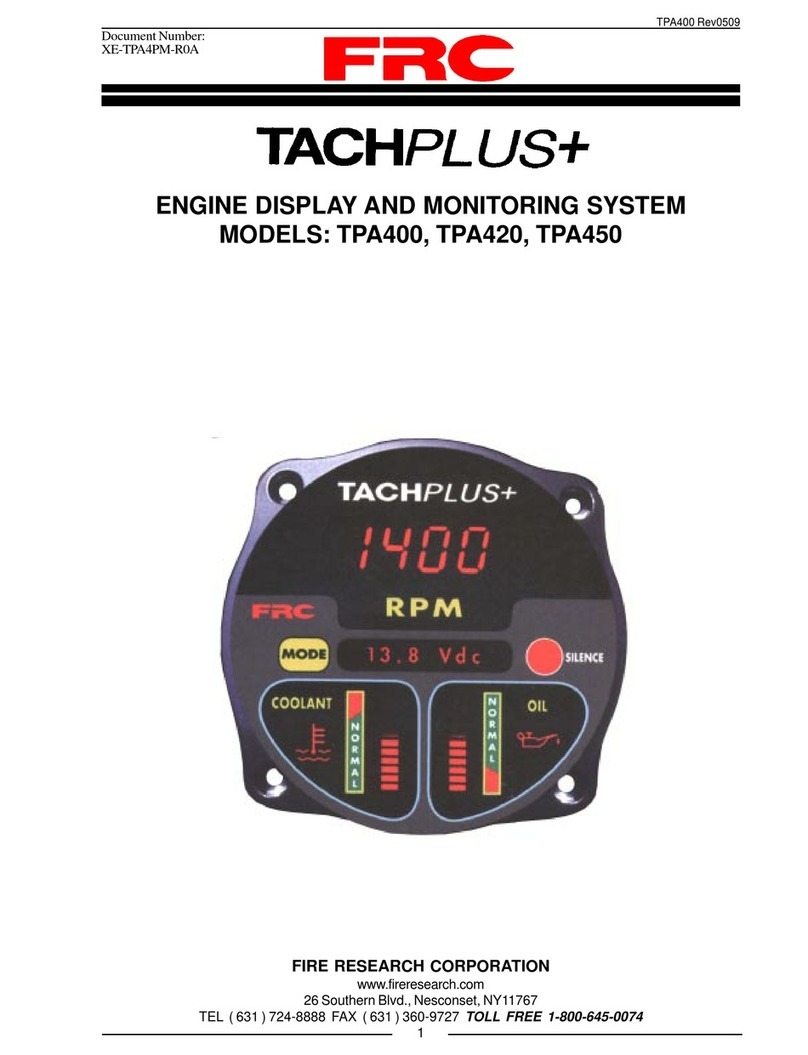
FRC
FRC TACHPLUS+ TPA400 User manual
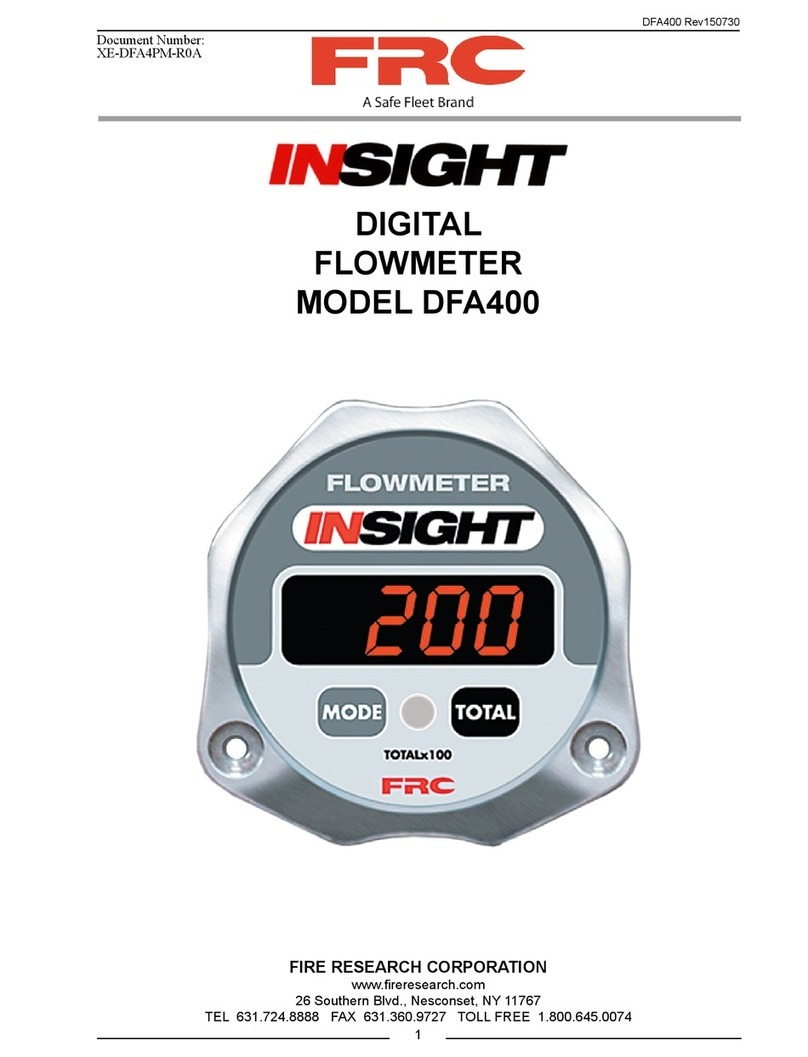
FRC
FRC DFA400 User manual
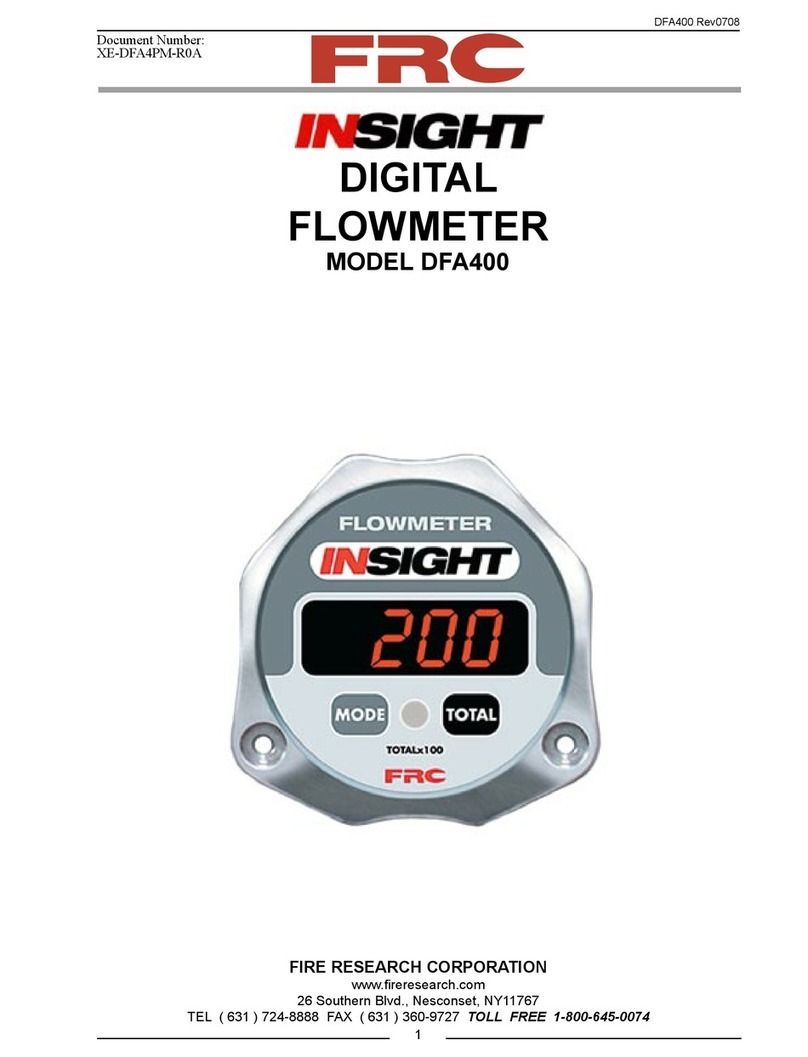
FRC
FRC DFA400 User manual
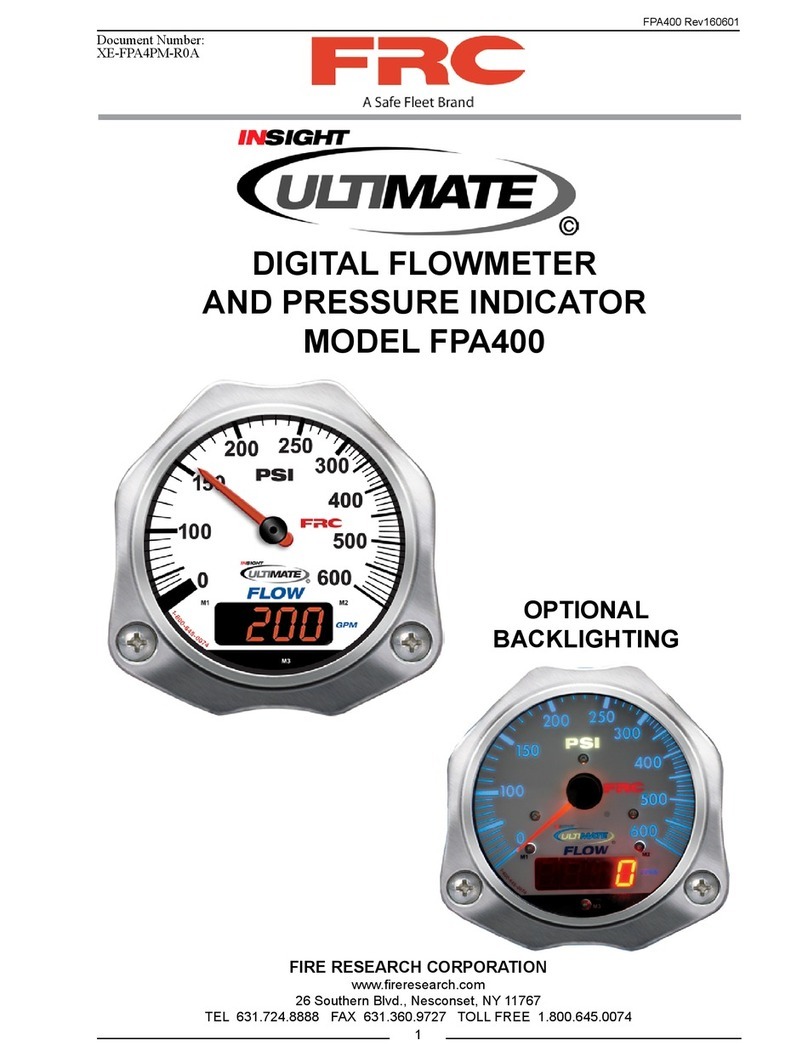
FRC
FRC FPA400 User manual

FRC
FRC ThrottleXcel ELA100 User manual
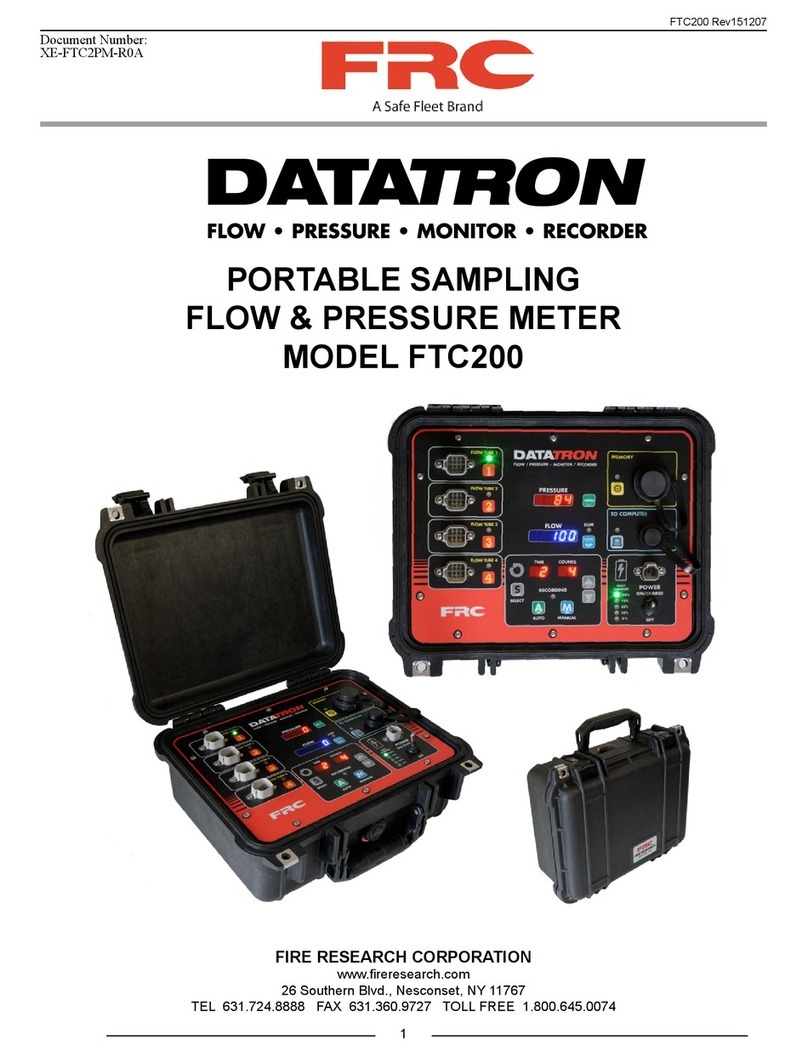
FRC
FRC DATATRON FTC200 User manual
Popular Measuring Instrument manuals by other brands

Powerfix Profi
Powerfix Profi 278296 Operation and safety notes

Test Equipment Depot
Test Equipment Depot GVT-427B user manual

Fieldpiece
Fieldpiece ACH Operator's manual

FLYSURFER
FLYSURFER VIRON3 user manual

GMW
GMW TG uni 1 operating manual

Downeaster
Downeaster Wind & Weather Medallion Series instruction manual

Hanna Instruments
Hanna Instruments HI96725C instruction manual

Nokeval
Nokeval KMR260 quick guide

HOKUYO AUTOMATIC
HOKUYO AUTOMATIC UBG-05LN instruction manual

Fluke
Fluke 96000 Series Operator's manual

Test Products International
Test Products International SP565 user manual

General Sleep
General Sleep Zmachine Insight+ DT-200 Service manual
